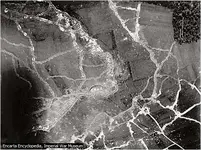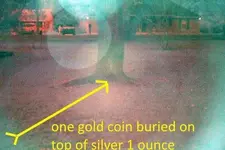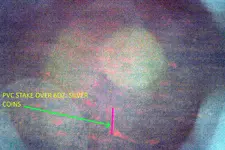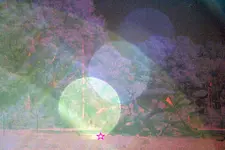Was the can with the coins buried ? Or on top of the ground ? Based on post # 1231, I'm going to assume "buried". Right ? Then ... then if I were you, And if you really think that it's distinguishable and repeatable phenomenon, then : I'd take that out to the nearest ghost-townsy type site , and put it to the real world test. I would run, not walk, and start implementing it.
And to be fair, you'd need to keep track of the "dry holes", as part of the study. So that it's not just a factor "taking out the detector to pinpoint" and "digging 100 holes", and then eventually finding coin(s). Because there could be other more plausible explanations, in that case: Namely, that if you wave a detector around long enough, and dig enough holes, then SURE, you'll eventually find something (maybe even something very good). But was it because of the photography and glows ? Or was it just the eventual effects of random chance ?











